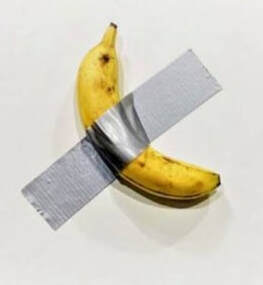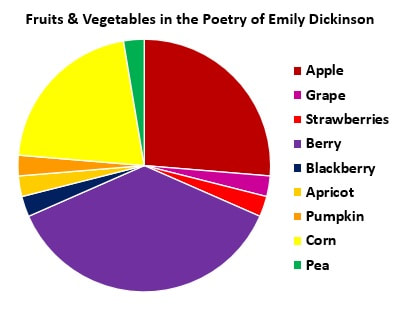The Pantone site states that the combination is "a message of happiness supported by fortitude" and that this choice of colors "gives us hope...that everything is going to get brighter – this is essential to the human spirit." The Pantone site on their chosen colors is HERE.
When I first saw the combination of colors, the palette of color looked very familiar to me. I had seen this synthesis of shades somewhere before, this color combination of happiness and fortitude, this blend of hues that suggests hope and all that is essential to the human spirit -- but where?
And then it hit me!
| The yellow-gray color combination was the exact mix of tones in a an artwork I had purchased in Miami in January 2019, a piece I obtained to hang in the lobby of the world headquarters of the Dickinson Organization of Poetry Enthusiasts (DOPE) to convey a sense of hope and fortitude for our effort to rebuild the Emmett Lee Dickinson Museum which burned down on New Year's Eve in 2015. I also purchased the artwork because it called to mind Emmett Lee Dickinson's poem "To own the Art taped on the wall" (below on the left). Dickinson's poem inspired third cousin Emily to pen her poem "To own the Art within the Soul" (below on the right). Information about my art purchase is HERE. |
| By Emmett Lee Dickinson: To own the Art taped on the Wall The Soul to entertain With Duct Tape and a Banana That Chemicals maintain Is a well-nourished Circumstance Possession is to Me An Investment perpetual A priceless fruit to See | By Emily Dickinson: To own the Art within the Soul The Soul to entertain With Silence as a Company And Festival maintain Is an unfurnished Circumstance Possession is to One As an Estate perpetual Or a reduceless Mine. |
Anyway, the announcement of the Colors of the Year and my memory of my lost artistic masterpiece made me wonder if Emily Dickinson ever included the names of fruits and vegetables in her poetry -- so I looked into that tonight.
It turns out that the word "fruit" appears in 3 poems by Dickinson, and the word "vegetable" never appears. However, she did write about specific fruits and vegetables. The breakdown is below:
*Dickinson used the word "berry" in 15 poems -- but in one of them she wrote, "black berry," so I separated one entry out for "blackberry."
Dickinson did use the word "orange" once, but she used it as the color, not the fruit. I did not find any use of "pear," "lemon," "lime," or "banana" -- or any other fruits.
The only two vegetables I found used in Dickinson's poem were "corn" and "pea." If I find others, I will update the chart above.
For more statistics on the poetry of Emily Dickinson, click HERE.




 RSS Feed
RSS Feed
